Posted on March 25, 2013 09:34:02 PM
The challenges of shaping rice industry policies
IT IS often said that rice is a political commodity. It must be.
A former Department of Agriculture (DA) secretary once said: “If one succeeds in rice, and fails in the others, he succeeds. If it is the other way around, he fails.” The acid test is rice self-sufficiency, or the level of rice importations. This is fuelled by the politicians, the media and the other stakeholders.
How important is rice to society? Let us categorize this issue.
To the almost 100 million Filipino consumers, rice is a major expense of their food budget. The average Filipino consumes 120 kilograms of rice per person per year, or about 1,500 per month per family. The poor consume much more, and the rich, much less.
To the rice farmers (perhaps some 2.0 million of them) which comprise about 25% of all farmers and fishers, rice is a main source of livelihood. You can also add the traders, millers and retailers.
To the DA, rice production is a major program that must be supported by irrigation, farm-to-market roads, research and other programs. The rice budget comprises over 50% of the DA annual capital budget, a large chunk goes to irrigation. This does not include National Food Authority (NFA) support in palay price and rice price stabilization.
To the NGOs and farmers organizations, rice is a vital component of food security. They oppose tariffication.
But there are other stakeholders in the whole spectrum. Some researchers feel that labor is expensive here because of the high price of rice. High cost of labor affects competitiveness of labor-intensive industries. The budget support to rice and NFA operations affect the government’s support to equally poor or worse-off farmers and fishers.
SELF-SUFFICIENCY
For decades, rice self-sufficiency has been beyond reach, except for four years out of the last 100 years. Low yield, unfavorable climate, and low irrigation intensity are among the factors. With the shift to food staples that include promotion of more nutritious white corn, saba banana, camote and cassava, the target may now be within reach.
Economists feel that rice self-sufficiency has a cost. The opportunity cost is that there will be fewer resources to develop other market-driven commodities. Moreover, some 20 million tons out of 30 million tons of rice surplus are located in Southeast Asia: Thailand, Vietnam, Myanmar and Cambodia — countries blessed with large river systems. They also claim that Malaysia, for decades, imports some 40% of its rice from Thailand, but has experienced no hunger.
The contrarians feel that the 30 million tons rice surplus comprise less than seven percent of the total world production. One calamity in these countries can spike world prices.
A story involves one country in Central Asia near Russia, a major wheat exporter. The prime minister was told by development advisers not to push for wheat self-sufficiency as Russia is just nearby. He retorted he knows that since he is a trained economist. He explained that during the world wheat shortage in 2008, he called the Russian president for wheat supply, but he did not get a reply. Self-preservation begins at home. China, Japan and South Korea are well-known disciples of rice self-sufficiency.
TARIFFS
Rice has a quantitative restriction (QR), meaning no one can import without an NFA permit. It is a de facto high tariff. The QR would have expired in 2012 and would have been converted to tariffs. However, the Philippines sought for an extension till 2017 with the World Trade Organization. The decision still hangs as rice exporters mull their options.
SMUGGLING
A major complicating factor in domestic rice prices is smuggling. The higher the tariff, the higher the incentive to smuggle. Today, Vietnam rice at 25% broken is being quoted at $365 to $375 per ton and can land in Manila at just over 16 per kilogram. Compare this with the wholesale price of domestic rice at 28 per kilogram. There is a lot of money that can be made from smuggling. No wonder, despite the low official rice stocks of 60 days in end-February 2013, retail prices have barely moved.
MOVING FORWARD
The price of palay is influenced by many factors: the world rice price, the peso dollar rate, tariff, the seasonality of production, and smuggling. There are at least three areas of discussion:
First is tariff-setting. The lower the tariff, the lower the farm income. This will exacerbate the poverty of many rice farmers. However, there is also a tariff level where smuggling will be discouraged.
Second is direct income support. Some sectors propose cash transfer as safety net for rice farmers who will suffer from a low tariff regime.
Third is NFA restructuring. The NFA operations to address price stability and food security are too costly for the national government. It has incurred heavy losses in the past such that its debt reached nearly 180 billion. There is need for a thorough review of proposal that addresses equity, efficiency and sustainability.
Indeed, rice policy-setting continues to be very controversial because many sectors are involved. Nevertheless, statesmanship demands decisive actions for the sake of the common good.
